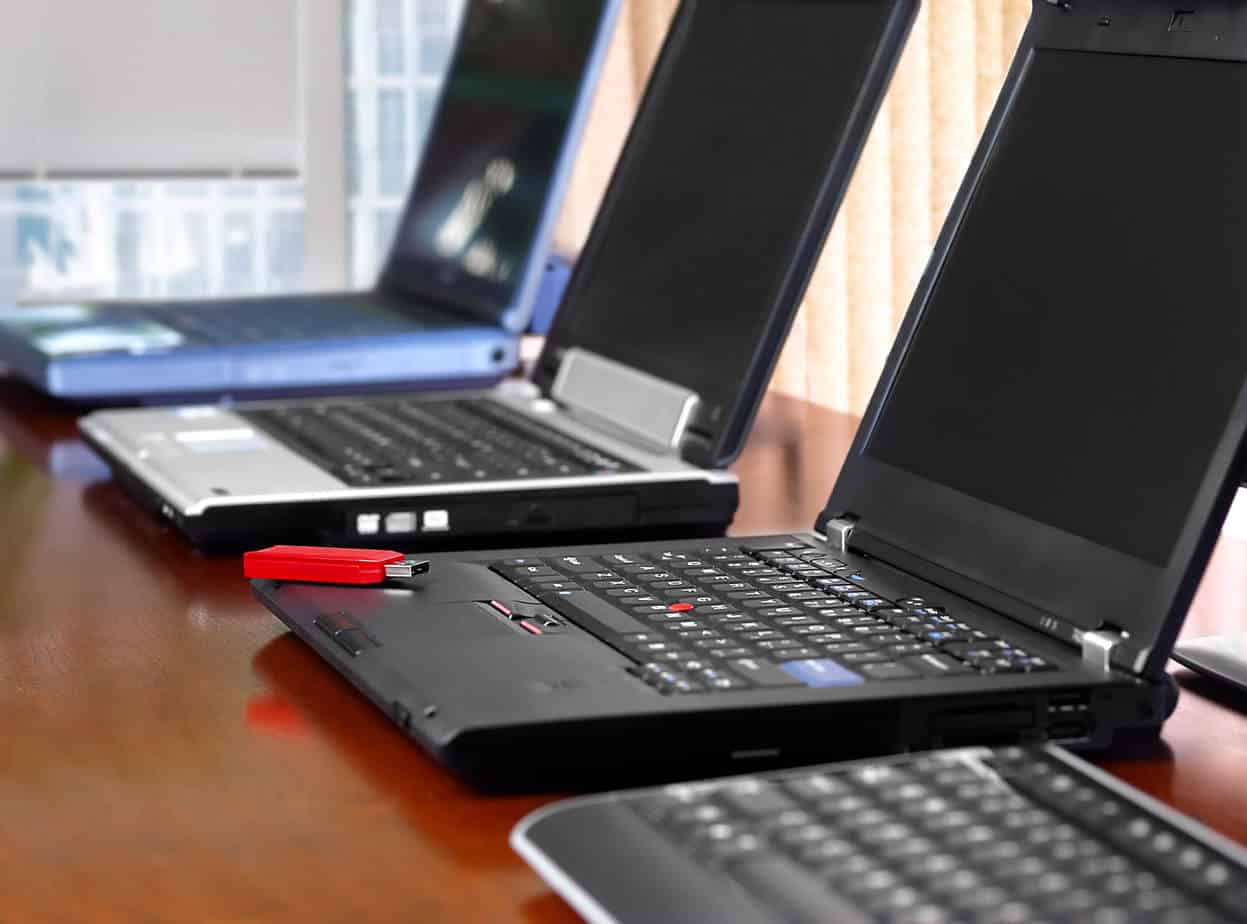Choosing the Right Laptop for Your Needs: A Comprehensive Guide
Discover how to select the perfect laptop tailored to your specific needs with our comprehensive guide, covering essential features and tips.

Understanding Your Primary Usage
Choosing the right laptop begins with understanding your primary usage. Are you a student, a professional, a gamer, or a creative artist? Each of these roles demands different capabilities from a laptop. For students, a lightweight model with decent battery life might suffice, while professionals might require a more powerful machine with advanced processing power for multitasking. Gamers and creatives often need high-performance graphics and ample storage. Consider how often you'll be on the go, as portability could be a deciding factor. Evaluate whether your tasks are mostly browser-based or if they require heavy software installations. By identifying your primary needs, you can narrow down your options and focus on models that offer features tailored to your specific requirements.
Operating System Options
The choice of operating system (OS) is crucial as it dictates the software ecosystem and user experience. The three major OS options are Windows, macOS, and Linux. Windows is known for its versatility and compatibility with a wide range of software, making it a popular choice for both personal and professional use. macOS, exclusive to Apple laptops, is praised for its sleek design and seamless integration with other Apple products. It's often favored by creative professionals for its robust media editing capabilities. Linux, while less mainstream, offers high customization and is favored by developers and tech enthusiasts. Each OS has its own strengths and weaknesses, so consider which environment aligns best with your workflow and preferences.
Performance Specifications
When it comes to performance, the key specifications to focus on are the processor, RAM, and storage. The processor, often referred to as the 'brain' of the laptop, determines how efficiently it can run applications. Intel and AMD are the leading processor manufacturers, each offering a range of models that cater to different performance needs. RAM, or memory, affects how many applications you can run simultaneously without slowing down your device. For most users, 8GB of RAM is sufficient, but power users might require 16GB or more. Storage is another critical aspect, with Solid State Drives (SSDs) offering faster data access compared to traditional Hard Disk Drives (HDDs). Consider your typical usage scenarios to choose a configuration that ensures smooth performance.
Display and Graphics
The display and graphics capabilities of a laptop are vital, especially for those involved in design, video editing, or gaming. The resolution, measured in pixels, affects the clarity and sharpness of images and text. A Full HD (1920x1080) resolution is standard, but higher resolutions like 4K offer even greater detail. Screen size also plays a role in the overall viewing experience; larger screens provide more workspace but can reduce portability. Graphics performance is dictated by the graphics card, with integrated graphics being sufficient for everyday tasks and dedicated graphics cards needed for intensive graphic applications. Consider whether color accuracy and screen quality are important for your tasks when evaluating display options.
Battery Life Considerations
For those who are frequently on the move, battery life is a critical factor. A laptop's battery life can vary widely depending on its hardware configuration and usage patterns. Manufacturers often provide estimates, but real-world usage can differ significantly. If you're using your laptop for simple tasks like browsing and document editing, you might achieve longer battery life than when gaming or running intensive applications. Some laptops offer fast charging capabilities, which can be a lifesaver when you're short on time. Evaluate your typical daily routine to determine how much battery life you need and consider models that offer the best balance between performance and endurance.
Portability and Design
Portability and design are crucial considerations, especially for users who travel frequently or commute daily. Laptops come in various sizes, typically ranging from 11 inches to 17 inches. Smaller laptops are more portable and often lighter, making them ideal for students and professionals who need to work on the go. However, they might have limited screen real estate and fewer ports. Larger laptops offer more power and a bigger display but can be cumbersome to carry around. Design aspects like build quality, keyboard comfort, and touchpad responsiveness also play a role in the overall user experience. Consider how often you'll be carrying your laptop and choose a model that aligns with your lifestyle.
Connectivity and Ports
In an increasingly connected world, connectivity and ports are essential features to consider. The number and types of ports can significantly affect how you interact with other devices. Common ports include USB-A, USB-C, HDMI, and audio jacks. USB-C is becoming more prevalent due to its versatility and ability to carry data, video, and power. Consider whether you'll need an SD card reader, Ethernet port, or other specific connections for your peripherals. Additionally, wireless connectivity options like Wi-Fi and Bluetooth are important for seamless integration with other devices. Ensure that the laptop you choose supports the latest standards to future-proof your investment.
Budget and Value
Finally, your budget will play a significant role in determining the best laptop for your needs. Laptops are available across a wide price range, from budget-friendly models to high-end machines. It's important to strike a balance between cost and the features that matter most to you. Sometimes, investing a bit more upfront can save you from frequent upgrades or replacements in the long run. Look for models that offer the best value by providing essential features at a reasonable price. Consider refurbished or previous-generation models as cost-effective options without compromising on quality. By setting a realistic budget and prioritizing key features, you can find a laptop that meets your needs without breaking the bank.